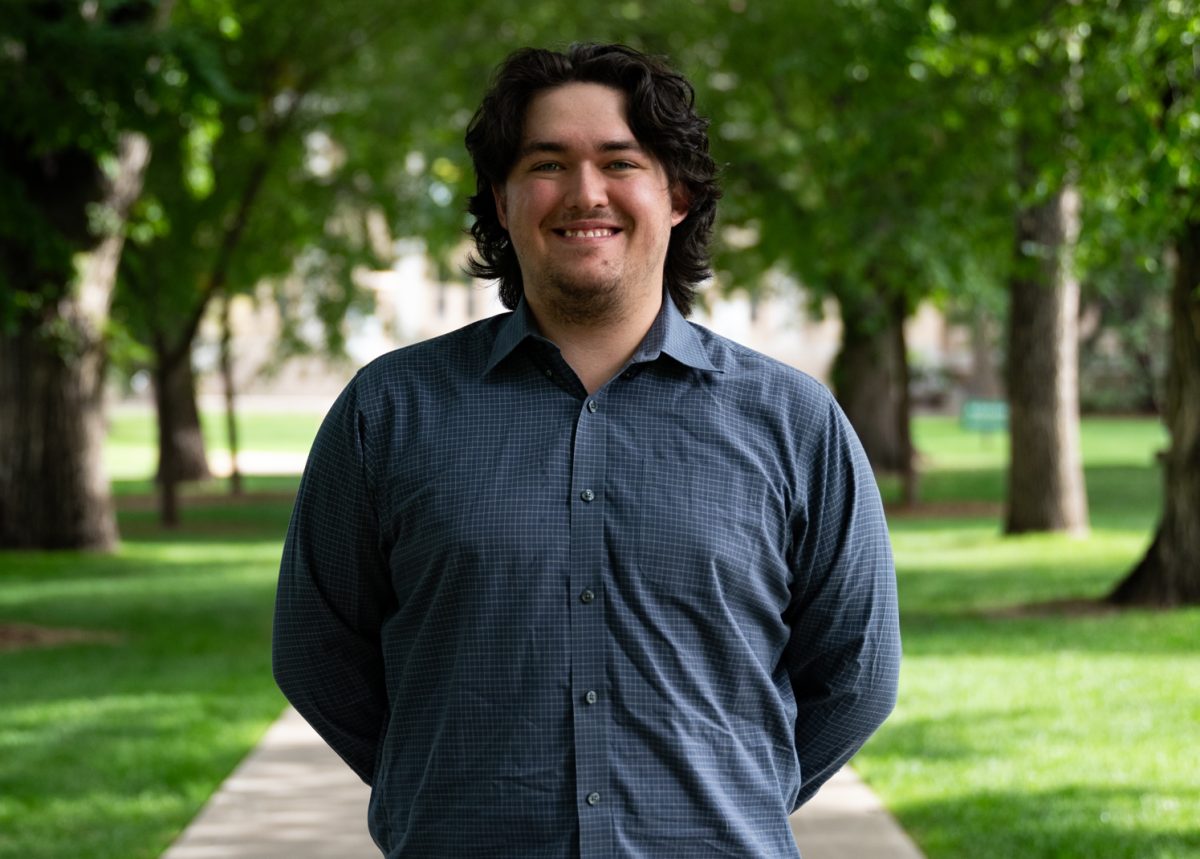Editor’s Note: All opinion section content reflects the views of the individual author only and does not represent a stance taken by The Collegian or its editorial board.
Colorado State University has a focus on inclusion and community building — an ideal demonstrated through the use of safe spaces. While intended to respect minority and marginalized individuals, this ideology could condone the very hate this community tries so hard to avoid.
Merriam Webster defines a safe space as “a place (as on a college campus) intended to be free of bias, conflict, criticism, or potentially threatening actions, ideas, or conversations.”
But this definition is contradictory. Disagreement of any kind is unacceptable in the ideology of the safe space. In a setting where criticism is not tolerated, there is no way to mediate the “potentially threatening actions” or ideas that students bring up.
There are also no guidelines defining what constitutes the hateful or dangerous speech deemed unacceptable for this type of environment.
Professors and teacher’s assistants are left to make these decisions for themselves. Instead of having a set method for dealing with harmful ideas, educators must decide how to handle them on a case-by-case basis.
This enables professors to label certain ideas as appropriate while they shoot down others based on their own political leanings — and then they can claim they did this in the interest of the safe space, ironically creating their own hostile environment.
Learning institutions should be places where all students feel comfortable sharing ideas and asking questions about things they don’t understand. We should not tolerate hate speech, but students should also feel they can vocalize their opinions. And if their opinions are incorrect, professors should tell them why.
President Tony Frank has said, “No place is more equipped to pilot … difficult conversations than a university -— a community committed to the safe debate and exchange of ideas.”
Safe spaces do not provide the full aspect of this learning process because they prohibit disagreement.
CSU Business Diversity Leadership Alliance Coordinator Patrice Palmer advocates for the use of “brave” spaces instead of safe spaces.
“I can’t make sure that every identity that you hold is going to feel safe. I also don’t know how you define safety,” Palmer said in an interview after she spoke at the Identity Awareness Symposium hosted by the Associated Students of CSU, an event focused on intersectionality.
Palmer described how brave spaces encompass the process of “creating boundaries, respecting and reflecting, acknowledging and affirming, vaulting what needs to be vaulted, and then being able to encourage more dialogue.”
Brave spaces take away the directionless obligation to protect students that is so potent in the atmosphere of a safe space. The name says it all: students should not expect to be protected, necessarily — they must be brave.
The beauty of this is that in the act of being brave they will learn something.
The common argument against safe spaces is that they inhibit free speech, or that they will leave students unprepared for life in the much harsher “real world.”
Palmer’s view of a brave space acts to prepare students for adversity, while also acknowledging identity in a way that fosters an open learning environment.
‘Brave spaces’ takes away the directionless obligation to protect students … The name says it all: students should not expect to be protected, necessarily – they must be brave.
We as students and community members need to ask ourselves exactly what we want to gain from safe spaces. And if necessary, we should distinguish that from our expectations in the classroom.
CSU’s campus should be a place of inclusion for all. It should also be a place of growth and education. Whether it be a safe space, a brave space, or something else entirely, we must consider how to find a common ground in our classrooms between sanctuary and absolute free-for-all.
Abby Vander Graaff can be reached at letters@collegain.com or on Twitter at @abbym_vg.











